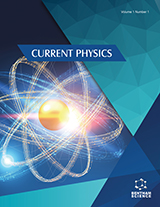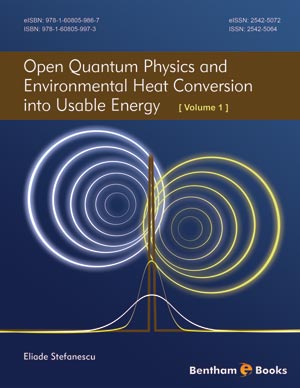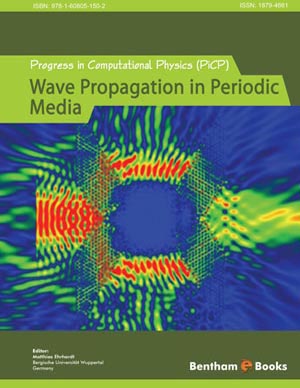Abstract
Electromagnetic radiation with a wavelength between 380 nm and 760 nm is
called visible light. Electromagnetic radiation within the mentioned wavelength range
is called visible because we can see the world around us with the help of this radiation.
A misconception usually exists that light is visible and exists in multiple colors. Light
is not visible; it gives the feeling and sensation of various colors. For example, light
with a wavelength of 450 nm gives the sensation of blue color, and light with a
wavelength of 530 nm gives the sensation of green color; hence, we simply call it blue
and green light. Light is very useful in our daily lives in many areas other than just
seeing the world around us. Despite the enormous benefits of visible light, there are
also some harms and hazards associated with this part of electromagnetic waves. Along
with the basic understanding of daily life phenomena based on light and several
benefits of light, this chapter also reports harms and hazards accompanied by visible
light that we should be aware of and should protect ourselves from. Several examples
of the hazards of visible light are provided in this chapter
Keywords: Benefits, Electromagnetic waves, Hazards, Visible light, Wave-length













